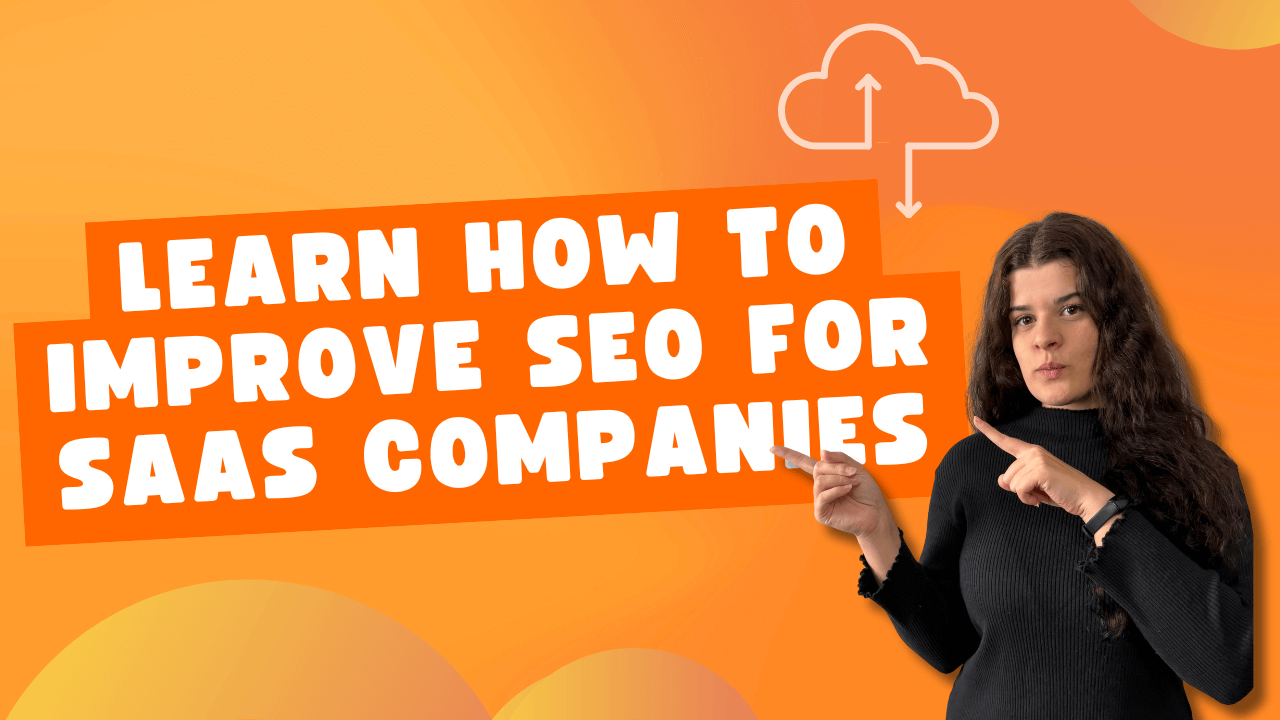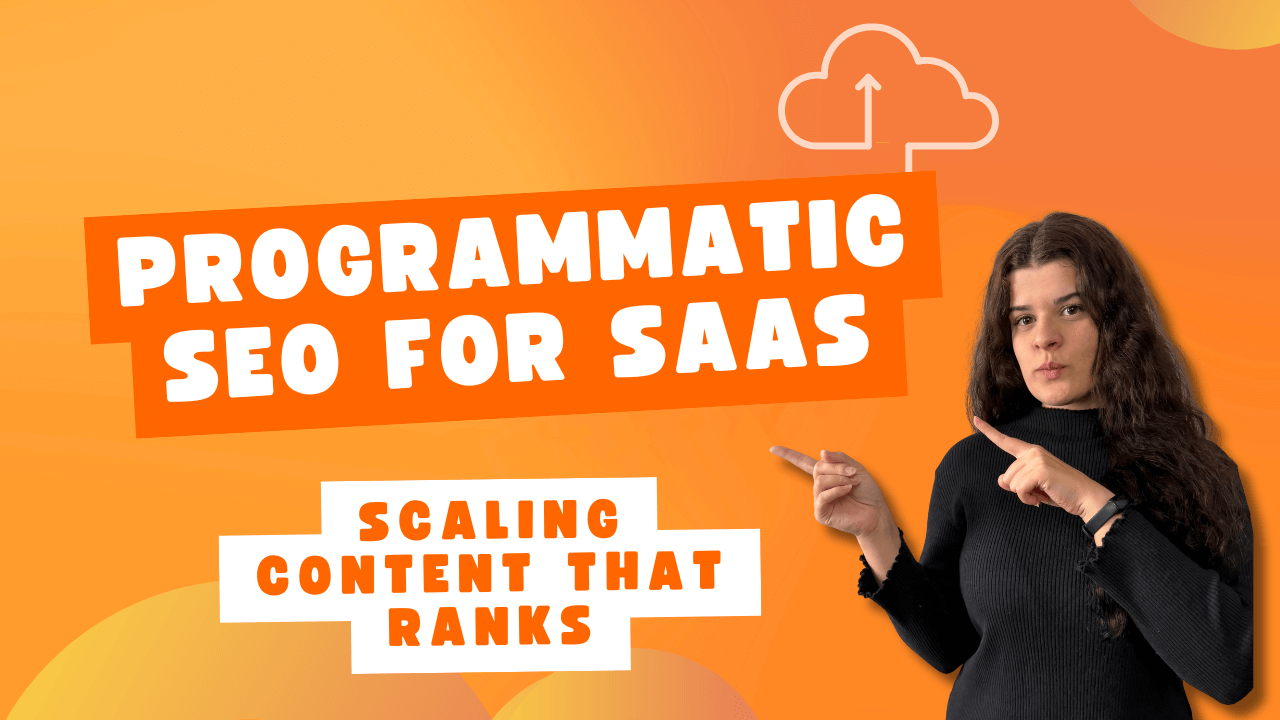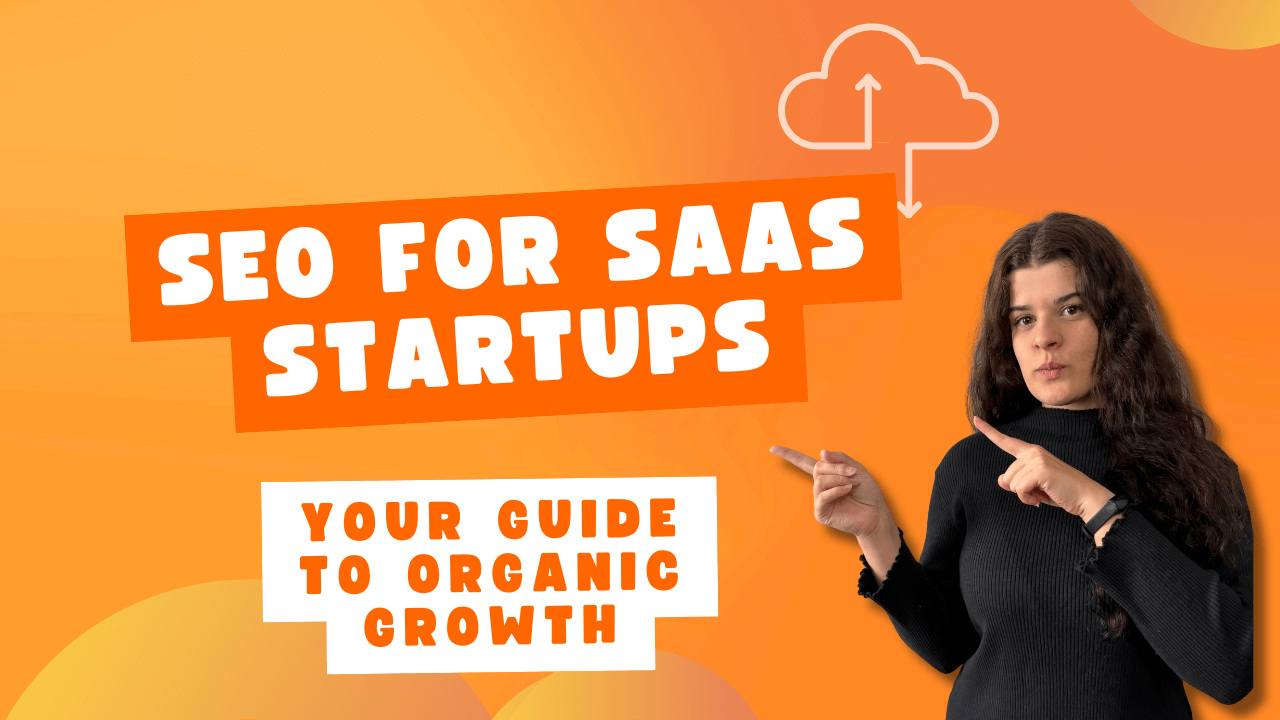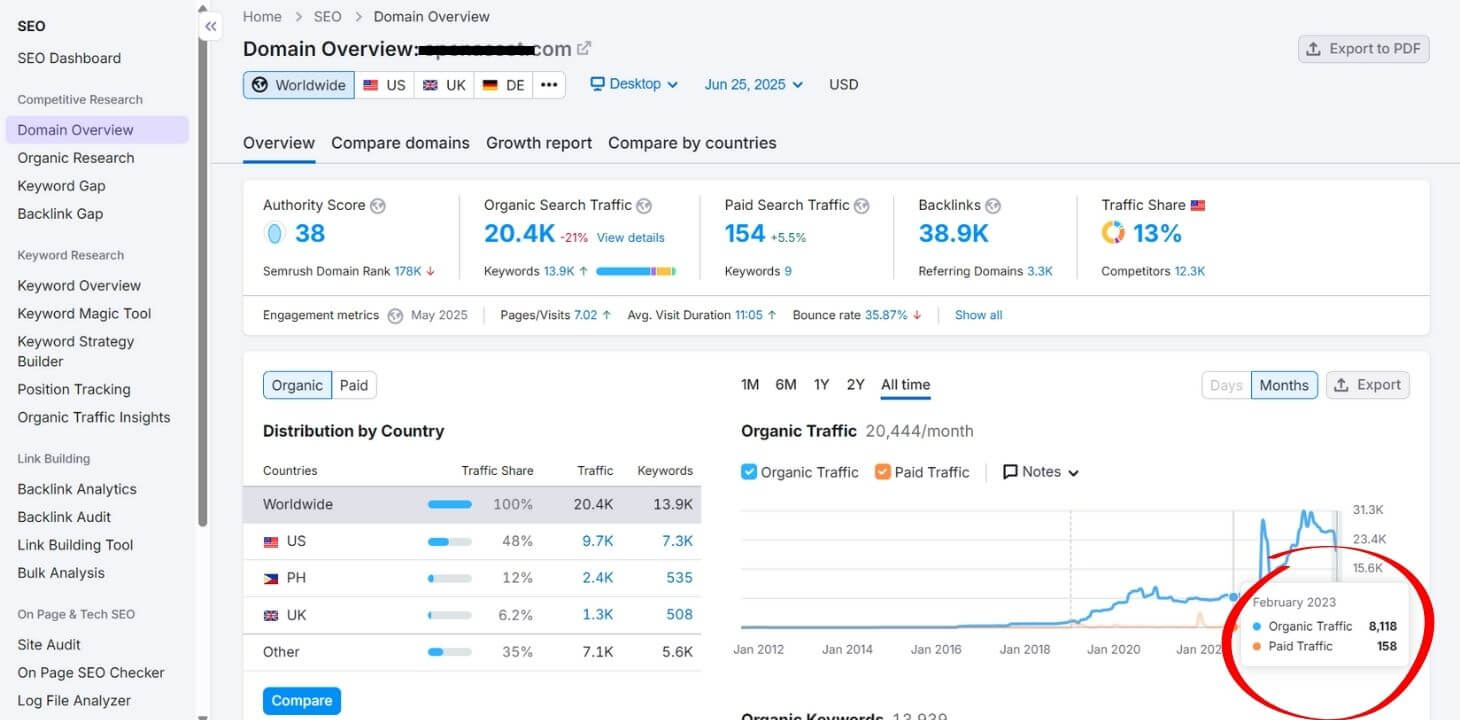You’ve probably realized that organic search is a growth engine that can make or break your customer acquisition strategy.
B2B SaaS companies that invest in SEO see an average ROI of 702% with a breakeven time of just 7 months. That’s significantly better than most other marketing channels.
Even more compelling? SEO drives over 1,000% more traffic than organic social media.
The challenge is knowing how to improve SEO for SaaS companies. Unlike e-commerce or traditional businesses, SaaS companies their own obstacles, such as lengthy sales cycles, complex product offerings, and the need to educate prospects before they’re ready to convert.
Add to that the fact that 68% of online experiences begin with a search engine, and you’ll understand why getting your SEO strategy right is absolutely critical.
Key Takeaways
- Understanding your ideal customer profile (ICP) and mapping keywords to each funnel stage for maximum conversion impact
- Building topical authority through strategic content clusters that establish your brand as an industry leader
- Implementing technical SEO fundamentals that ensure search engines can properly crawl and index your site
- Creating high-quality, E-E-A-T-compliant content that demonstrates real expertise and experience
- Developing a sustainable link-building strategy that earns authoritative backlinks naturally
- Optimizing on-page elements while avoiding common SaaS SEO mistakes that waste time and resources
Knowing Your Ideal Customer Profile Before You Start Keyword Research
Before you do keyword research, you need a crystal-clear understanding of who you’re trying to reach. Your Ideal Customer Profile (ICP) should define the demographic, firmographic, and behavioral characteristics of accounts that will become your most valuable customers.
Start by analyzing your existing customer base to identify patterns:
- What industries do they work in?
- What company sizes convert best?
- What pain points were they experiencing before they found your solution?
Many SaaS companies make the mistake of chasing high-volume generic terms when low-volume, high-intent keywords would deliver far better ROI.
For instance, a keyword with 200 monthly searches but clear buyer intent is worth more than one with 5,000 generic visits that bounce immediately.
Equally important is defining your anti-ICP, the customer characteristics that won’t bring value to your company. These are users who might subscribe but will likely churn within a few months, draining your resources without contributing to sustainable growth.
Knowing both your ICP and anti-ICP allows you to filter keywords based on who’s actually searching for them and whether they align with your business goals.
Building Topic Clusters to Establish Topical Authority and Drive Rankings
One of the most effective strategies for how to improve SEO for SaaS companies in 2025 is building topic clusters instead of creating isolated blog posts.
Modern search engines, especially Google, reward websites that demonstrate comprehensive topical authority rather than those that simply target individual keywords. A topic cluster consists of a pillar page covering a broad topic supported by multiple sub-pages that dive deeper into specific aspects of that topic.
If your SaaS product helps with customer retention, you might create a pillar page on “SaaS Customer Retention Strategies” and support it with cluster content like “Reducing Onboarding Churn,” “Improving Net Revenue Retention,” and “Customer Success Team Best Practices”.
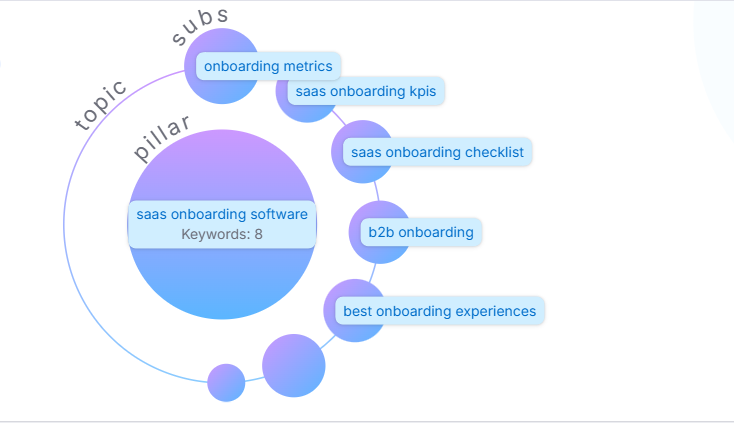
Each piece of cluster content should link back to the pillar page and to other relevant cluster articles, creating a web of internal linking that signals topical depth to search engines.
This approach works because search engine algorithms now use advanced natural language processing to gauge relevance almost like a human would. They don’t just count keywords, they evaluate whether your content covers a topic and provides genuine value.
Topic clusters also keep potential customers engaged across multiple touchpoints throughout their buyer journey. When you’re ready to implement this strategy at scale, check out our guide to SEO for SaaS for execution frameworks and templates.
Conducting Strategic Keyword Research That Prioritizes Buyer Intent Over Volume
Knowing how to improve SEO for SaaS companies requires a fundamental shift in how you approach keyword research. Instead of chasing the highest search volumes, you need to prioritize buyer intent, the likelihood that someone searching this term could realistically trial or buy your product.
A Head of Demand Generation doesn’t care if your blog got 10,000 visits last month; they care if it produced 10 qualified sales leads that booked demos.
Start by analyzing your competitors’ keyword strategies using tools like Ahrefs or SEMrush. Enter your competitor’s domain, navigate to “Organic keywords,” and filter out branded terms to see what’s actually driving their traffic.
Look for keywords with mid-to-high search volume but low keyword difficulty (KD) scores if you’re just starting out. These represent opportunities where you can rank relatively quickly without massive link-building efforts.
Leverage your existing data sources. Google Search Console is a goldmine for discovering the questions prospects already ask when they find your site. If you run Google Ads, your PPC conversion data reveals which keywords convert into leads, demos, or trials.
Those high-converting paid keywords should become priority targets for your organic strategy, as they often deliver strong organic ROI as well. You’ll also want to understand common SaaS SEO mistakes to avoid when executing your keyword research.
| Keyword Type | Search Volume Priority | Intent Priority | Best For |
| Product Comparison | Medium | High | Bottom-of-funnel conversions |
| “How to” Queries | High | Medium | Top-of-funnel awareness |
| Alternative Keywords | Low-Medium | High | Competitive displacement |
| Feature-Specific | Low | High | Qualified demo requests |
| Industry Terms | High | Low | Brand awareness |
Implementing Technical SEO Fundamentals That Search Engines Reward
Technical SEO forms the foundation for improving SEO for SaaS companies because even the best content won’t rank if search engines can’t properly crawl, index, and understand your site.
Start by minimizing website and crawl errors. If you have numerous errors, you risk most of your content never being discovered by search engines. Use tools like Google Search Console to identify and fix 404 errors, redirect chains, and duplicate content issues.
Page-level topical relevance has become increasingly important as search engine algorithms evolve. Modern algorithms don’t care about word count or keyword density; they care about how relevant a page is for a topic and related entities.
This means your content should be optimized to increase topical relevance for your prospective customers using natural language processing concepts. Implement schema markup to help search engines understand your content structure and potentially earn rich results in search snippets.
Your site architecture should prioritize faster deployment and reduced response times. Mobile devices now account for 62.54% of global organic search traffic, making mobile-first optimization absolutely critical. Compress images without losing quality, minimize JavaScript that blocks rendering, and ensure your site loads quickly on mobile devices.
Additionally, focus on increasing the content and context of your web content across your site. Search engines favor contextually relevant content that establishes your site as authoritative on your chosen topic.
For a deeper dive into technical optimization, explore our technical SEO for SaaS resource.
Creating E-E-A-T-Compliant Content That Demonstrates Real Expertise
Google’s E-E-A-T framework (Experience, Expertise, Authoritativeness, Trustworthiness) has become non-negotiable for ranking, especially for SaaS companies in competitive spaces.
The “Experience” component now carries more weight than ever before. Google aggressively favors content that demonstrates real-world, firsthand knowledge. A product guide written by someone who actually uses the software daily will significantly outrank one written by someone who just researched online.
While AI-generated content isn’t automatically penalized, Google now easily identifies content that lacks human insight, personal experience, or original thinking. If you’re using AI tools like ChatGPT, they should be starting points for research and structure. The insights, examples, case studies, and expertise need to be authentically human. This means including original research, proprietary data from your customer base, and real case studies that demonstrate actual results.
To strengthen your E-E-A-T signals, display author credentials prominently, especially if writers have relevant industry experience or certifications. Partner with recognized experts in your field for guest contributions or expert roundups.
Ensure your “About” page clearly communicates your company’s expertise, team qualifications, and track record. Technical trust signals like HTTPS security, clear privacy policies, and transparent contact information also contribute to your overall trustworthiness score.
Remember, thought leadership content naturally attracts quality backlinks from authoritative websites.
Optimizing On-Page SEO Elements for Maximum Impact
On-page optimization is a critical component of how to improve SEO for SaaS companies because it directly influences how search engines interpret and rank your content. Start with your URL structure. Use short, descriptive URLs that incorporate your target keyword naturally. For example, “yoursite.com/saas-pricing-strategies” is far better than “yoursite.com/blog/post12345“.
Your title tag is one of the most important on-page elements and should incorporate your target keyword near the beginning while remaining compelling enough to encourage clicks. Keep title tags under 60 characters to prevent truncation in search results.
Follow this with a meta description that expands on the title, includes your keyword naturally, and provides a clear value proposition for why someone should click. While meta descriptions don’t directly impact rankings, they significantly affect click-through rates, which do influence rankings.
Structure your content with heading tags (H1, H2, H3) that create a logical hierarchy and incorporate relevant keywords naturally. Use only one H1 per page (typically your title), and ensure your H2s clearly communicate what each section covers.
For images, use descriptive file names and alt text that accurately describes the image while incorporating relevant keywords where appropriate. Compress images to reduce load times without sacrificing quality.
And most importantly, build a strong internal linking structure that connects related content and helps search engines understand your site’s information architecture. Before launching new content, consider conducting an SEO audit for your SaaS to identify optimization opportunities.
Developing a Sustainable Link-Building Strategy That Earns Authority
Link building remains one of the most powerful signals for how to improve SEO for SaaS companies, but the strategies that work in 2025 require providing genuine value rather than gaming the system.
The most effective approach is creating linkable assets that naturally attract backlinks: original research reports, comprehensive industry guides, data-driven studies, or expert roundup posts.
Publishing original research is the fastest way to earn high-quality links from industry publications. SaaS companies sit on goldmines of user behavior data, industry trends, and usage statistics that journalists and bloggers desperately need.
Survey your customer base quarterly on industry trends, combine this with internal usage data, and create comprehensive reports.
Reach out to industry publications 2-3 weeks before publishing with exclusive early access. Companies like HubSpot generate hundreds of quality backlinks from their annual marketing reports because they provide unique insights unavailable elsewhere.
Strategic guest posting requires targeting publications your prospects actually read, not just high-authority sites for the sake of metrics. Create a list of 50 industry blogs and publications with domain authority above 40 and clear audience overlap. Pitch unique angles that tie your expertise to their audience’s challenges, offering actionable frameworks rather than product promotions.
Additionally, create detailed integration and how-to guides for each major integration your platform supports. These technical resources become naturally link-worthy because other companies need to reference your APIs and connection processes. And when you don’t know where to find links, head onto DesignRush where you’ll be able to find many companies that can do that for you.
Getting SEO Right for Your SaaS Company
With the right strategy focused on buyer intent, topical authority, technical excellence, and E-E-A-T compliance, you can build an organic growth channel that delivers a 702% ROI and continues compounding for years to come.
And if you don’t know how to do SEO by yourself, you can always contact us.

